Update 9/1: Sailing every Sunday, 10am. Details to be provided to members by email.
RC Sailing
of Saddlebrooke Ranch
welcome
to the SBR
radio controlled
model sailboat club
welcome
to the SBR
radio controlled
model sailboat club
No sailing or radio control experience required.
Free coaching in the
classroom and on the water.
Fractional boat ownership?
Let’s talk.
WHEN DO WE SAIL? SEE BULLETIN AT TOP OF PAGE!
second and fourth tuesdays, 9 Am. check bulletin for weather cancellations.
if the wind is really good, we might have an impromptu session.
where do we sail?
Currently sailing at silver bell lake in Christopher Columbus Park.
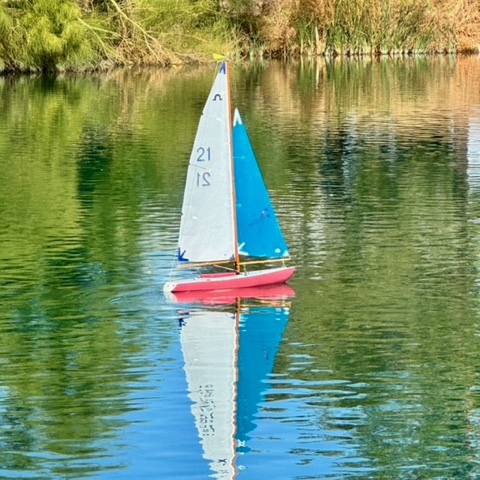
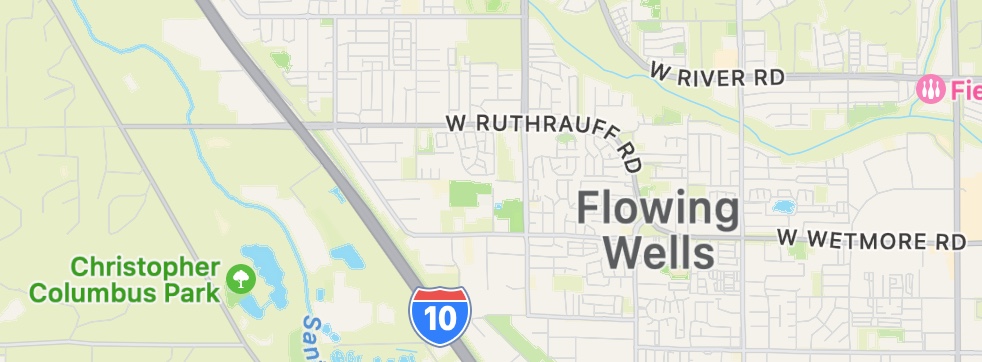
Click “Venue & Directions” in the “Club & Sailing Info” section below for detailed directions.

club Fees
One time initiation fee: $20
annual dues: $30
Club MeetingS
first wednesday of every month.
3pm in the la vista room of La hacienda.
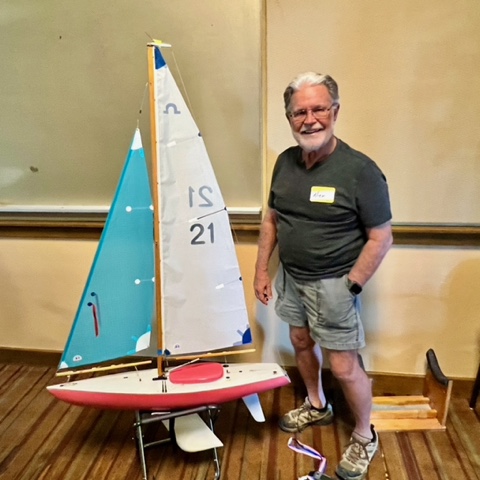
contact us to join
important: So that your inquiry is directed to the correct person, include “soling” in your email subect line.

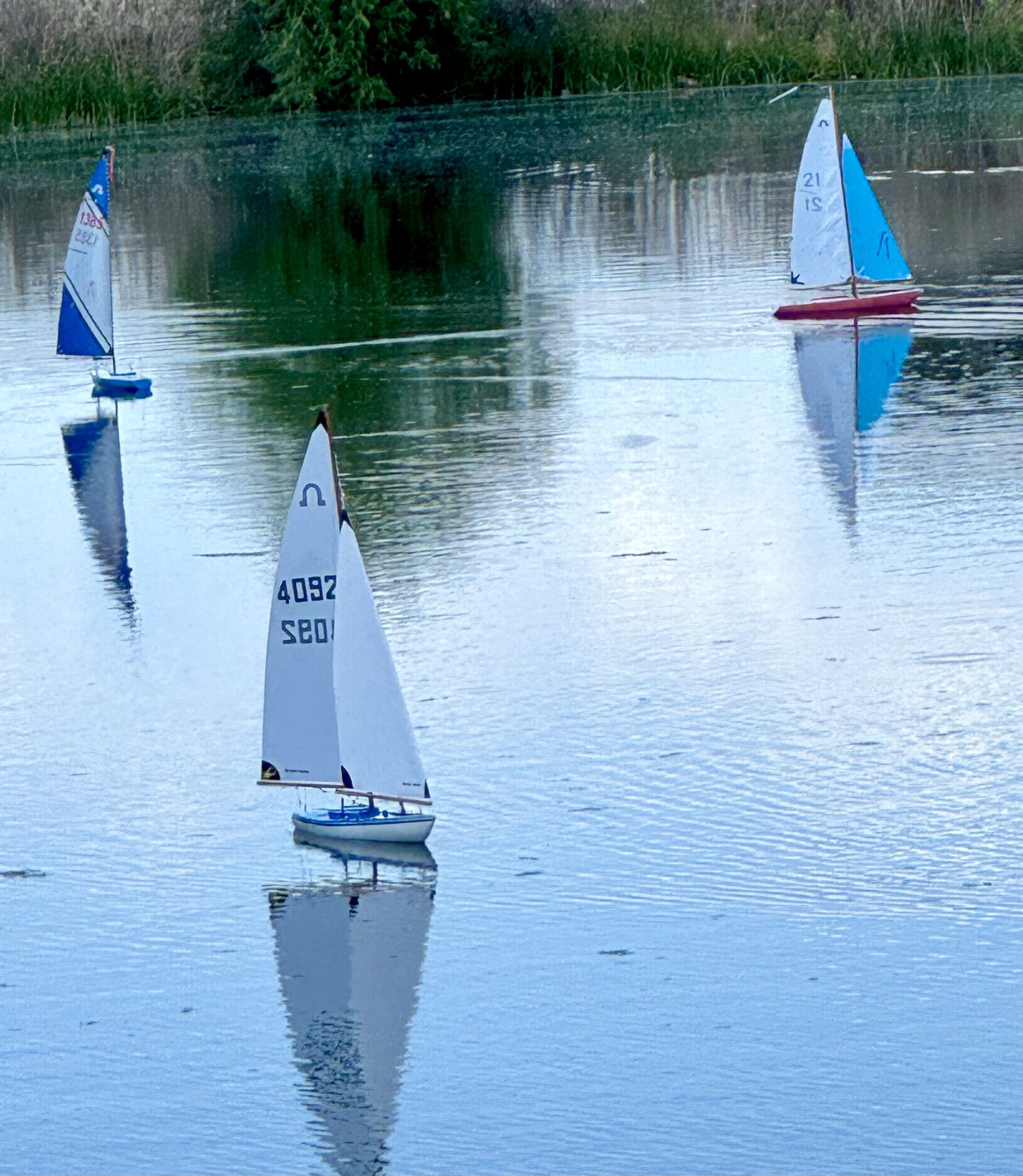
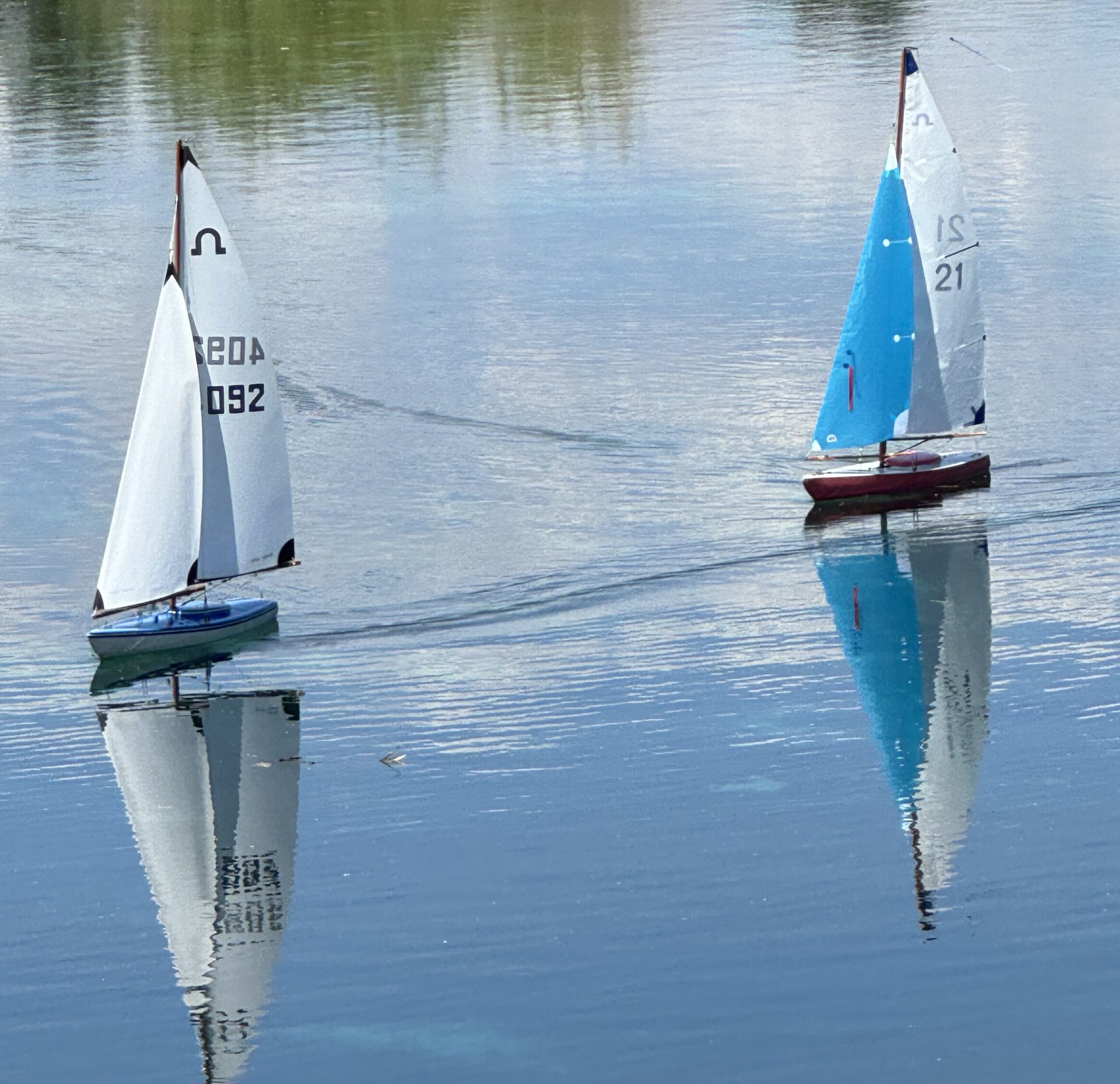
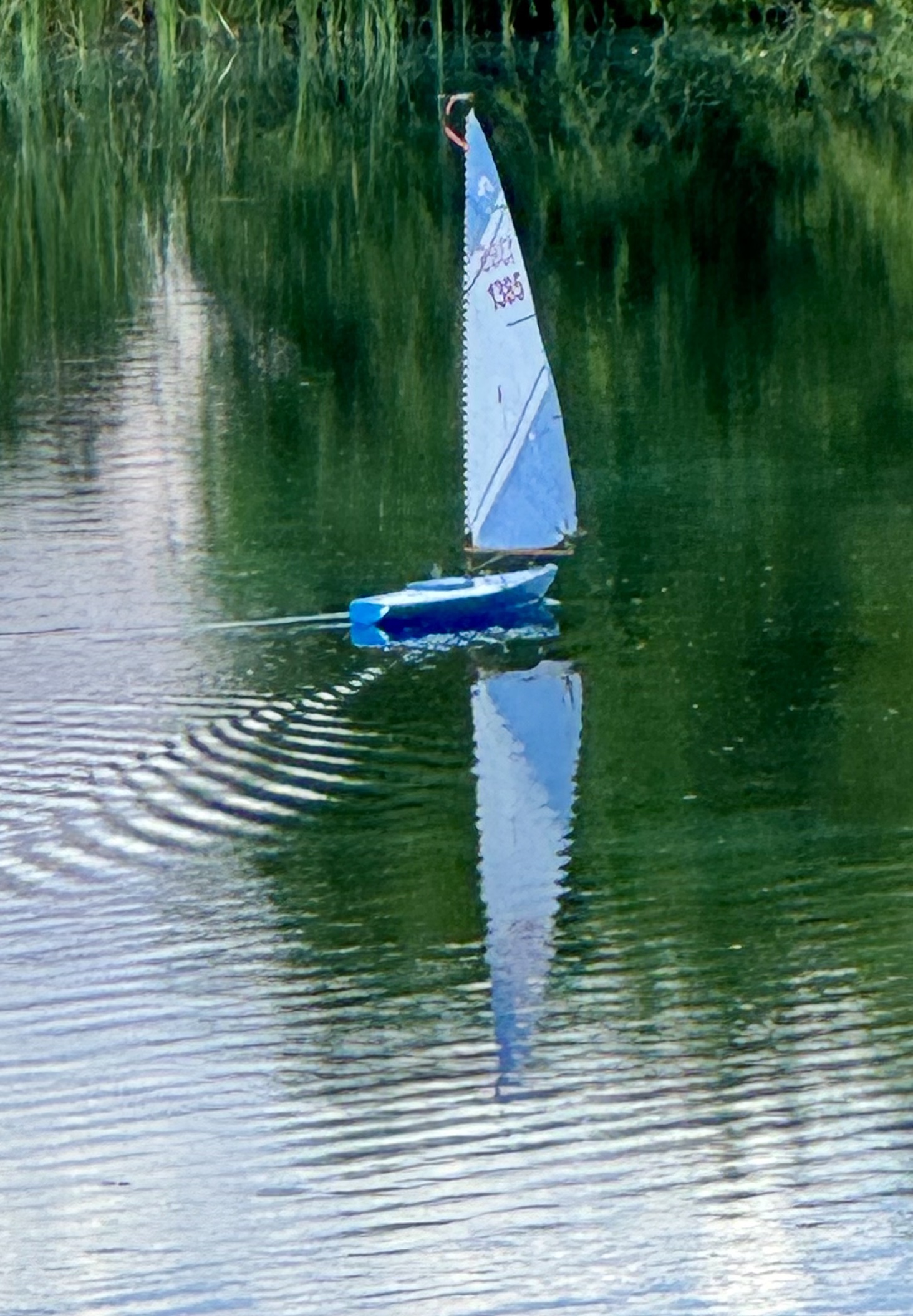
Club & Sailing Info
Click a topic below to open it.
Club Origins
RC Sailing SBR was formed by Nick in late June 2023. Five people attended our first meeting having heard about it by word of mouth.
Soon thereafter an announcement was published in the local community newspaper. As a result, we jumped to 23 interested people.
Most of the folks have little or no experience. Three or four are big boat skippers and two sailed both big boats and RC boats all the way up to racers. We welcome beginners.
The Boats We Sail
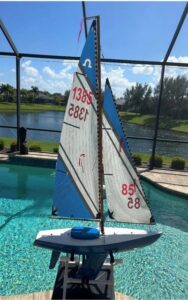
We welcome all types of RC sailboats but encourage our members to sail the “Soling 1 Meter” boat. These boats are actual scaled down versions of full-sized boats that are raced all over the world. They are reasonably simple to sail and are part of the largest RC fleet in the nation.
The idea is that we all sail the same kind of boat (one design). This makes for fun, friendly races and builds skill levels.
Venue & Directions
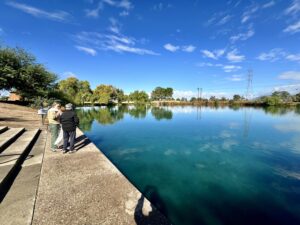
Our local venue is Silver Bell Lake in Tucson AZ located in Christopher Columbus Park, just North of downtown Tucson. The lake is well maintained and offers lots of shade and restrooms, a picnic pavilion, and an excellent spot to launch and retrieve boats.
Directions: Go south on La Cholla continuing past River Road, turn right on Ruthrauff Rd; it turns into El Camino Del Cerro after crossing over I-10. Turn left on Silver Bell Rd and travel about 3/4 mile to the park entrance on left. Enter the park and take an immediate right to the parking lot. Allow 45 minutes to 60 minutes driving time from SBR.
How We Help Members
We make learning about model sailboats and getting your boat on the water as simple as possible. We help you find a boat, advise you regarding your purchase, and get it lake-worthy painlessly (“rigging” and “tuning”). We offer 1-on-1 lessons with your boat on the water. You will be sailing in minutes and getting the hang of it by the end of your first session.
If you doubt your ability, come to any of our sessions and, after a few minutes telling you how to use the controller, hand it to you. You control the rudder and the sail position, that’s all. You will then experience the boat’s reaction to your “commands” …and smile.
Basic Sailing Terms
The following is for neophyte sailors. The good news is that, for RC model sailing, only a half dozen terms of the obscure language of sailing is good to know. Then, over time, learn a few more.
The most basic terms are port, starboard, bow, stern, running and tacking. Port side is the left side, starboard is the right side. Bow is the front, stern is the other end. Running means sailing in the direction of the wind, tacking is a zig-zag sailing maneuver that’s required to go towards the wind because you cannot sail directly into it. There are “points of sail” between running and tacking.
For complete definitions of these and many more terms, click ASA Sailing Terms below to peruse an American Sailing Association document.
ASA Sailing Terms
Included courtesy of American Sailing Association,
American Sailing (Home 2023-01)
Port: Facing forward, this is anything to the left of the boat. When you’re onboard, you can use this term pretty much any time you would normally say “left.”
Starboard: Facing forward, this is anything to the right of the boat. Same deal as “port”–only the opposite.
Bow/Stern: The bow is the front of the boat, the stern is the back. Anything near the front of the boat is referred to as being “forward,” and anything toward the back is “aft” or “astern.”
Point of Sail: The boat’s direction relative to the wind. For example, if you’re going straight into the wind, your point of sail is called “in irons.” (Note: This isn’t a good place to be!) If the wind is blowing straight over the side of the boat, that’s called a “beam reach.” There are 8 commonly used points of sail, and it’s a good idea to familiarize yourself with them before going out.
Helm: Where you steer the boat. Usually this is a big wheel, but on smaller boats it can be a tiller, which is basically a long wooden stick. Either of these can be used to control the boat’s rudder.
Keel: The keel is a long, heavy fin on the bottom of the boat that sticks down into the water. It provides stability and is the reason why modern sailboats are nearly impossible to capsize.
Heeling: This is the term for when a sailboat leans over in the water, pushed by the wind. There’s nothing else like the thrill of heeling over as your sails fill and your speed picks up!
Tack: This term has two distinct meanings, both of them very important. As a verb, to tack is to change direction by turning the bow of the boat through the wind. As a noun, your tack is the course you are on relative to the wind. For example, if the wind is blowing over the port side, you are on a port tack. If it’s blowing over the starboard side, you’re on a…you guessed it…starboard tack.
Jibe: A jibe is another way of changing direction, in which you bring the stern of the boat through the wind. Whether you choose to tack or jibe entirely depends on the situation–what’s around you, and the direction of the wind.
Windward: The side of the boat closest to the wind. When heeling over, this will always be the high side.
Leeward:The side of the boat furthest from the wind. When heeling over, this will always be the low side.
Lines: On board a boat, this is what you say instead of “ropes.”
Mainsail: The big triangular sail just aft of the sailboat’s mast. As the name suggests, this is the boat’s largest and most important sail. Running along its bottom edge, the mainsail has a thick pole called the boom.
Jib: The next most common sail on any boat. The jib can always be found forward of the mast, and unlike the mainsail, does not have a boom.